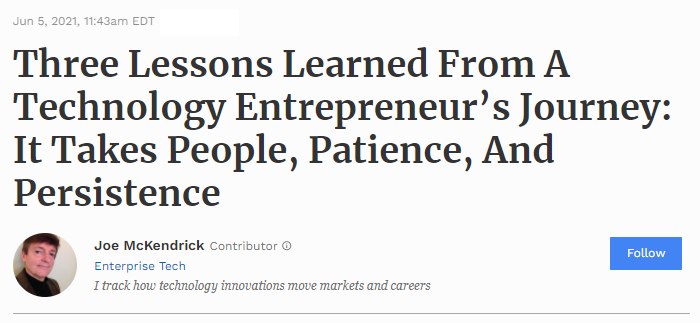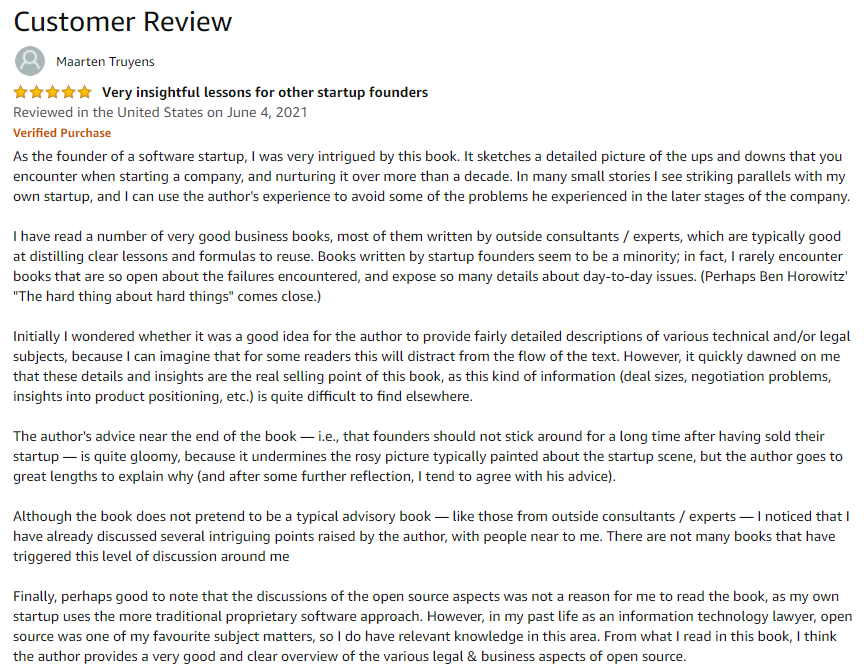There are many books and business school case studies available today that describe the founding and ascent of the major software companies. While undoubtedly inspiring, they fail to really communicate what it’s like to build a company in its early stages.
The start-ups they examine inevitably rely on venture capitalists to provide the direction and nominally expert advice to the founders. That so many companies fail completely when embracing this model is not seen as a limitation of the model, but rather the inevitable culling by the “invisible hand of the market.”
It is a wonder that decades later, potential entrepreneurs are still wowed by the unicorns that succeed but don’t view their rarity as a caution against adopting that model.
This book is about a company that succeeded by using a very different model. iText was entirely self-funded, never accepted VC (venture capital) money, and built a successful company on a completely open source product. Moreover, the initial author of the software, Bruno Lowagie, became the co-CEO of the company through diligent work, despite having no business experience, and together with his wife—the other co-CEO—built a company that went from $300K in earnings its first full year to a corporation with more than thirty full-time employees, offices on three continents, and a valuation in tens of millions of dollars at the time of its sale. In my view, this model represents a much more attainable success for many developers than the pie-in-the-sky venture capital lottery.
In this book, Bruno explains his transformation from self-described nerd in the administration of a local university to CEO of a successful company that was eventually acquired by a conglomerate. He also describes the many decisions he and I had to make in the early stages and how we were able to solve unexpected problems quickly and effectively enough to continue the self-funded journey of iText.
Some of those decisions worked really well, others led to costly dead ends. They’re explained here in Bruno’s always candid and entertaining style. You get to see how certain principles helped iText not veer off the tracks—and how all the work eventually led to success.
This model of building a thriving business is more approachable than those of VC-backed highfliers. It is particularly suitable for software developers and other nerds who want to commercialize their inventions and build a company. Not only does Bruno unfold the business aspect, including the innumerable small decisions, but he carefully explains the transformations that he and his wife, Ingeborg, had to undergo to be able to fulfill their new responsibilities.
As such, this book is both a handbook and an autobiography in which developers can place themselves easily. In this sense, it is a comparatively rare book, which should be especially useful to all aspiring “entreprenerds.”






































